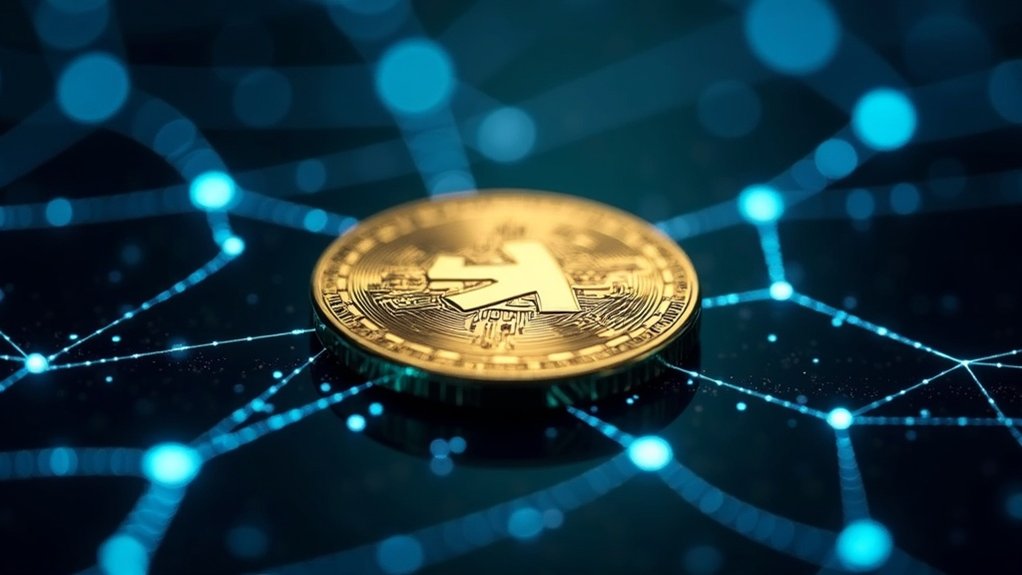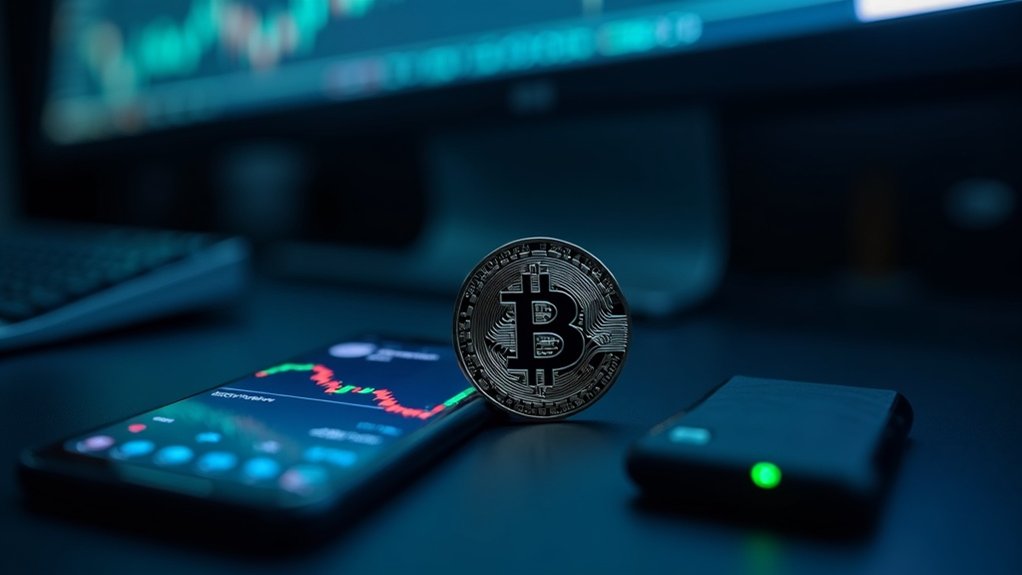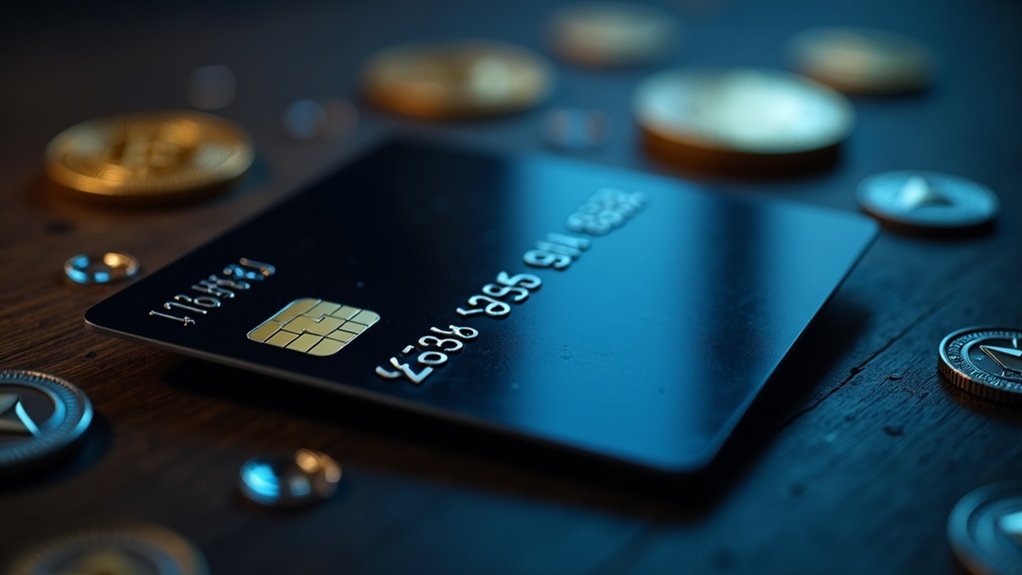Uniswap is a decentralized exchange on Ethereum that lets users swap tokens directly from their wallets. No middlemen needed. It uses an Automated Market Maker system instead of traditional order books, with pricing determined by algorithms. Anyone can provide liquidity to earn fees. Connect an Ethereum wallet, have some ETH for gas, and you’re ready to trade. The platform has evolved through multiple versions, each more sophisticated than the last. The rabbit hole goes much deeper.
What exactly is Uniswap, and why does everyone in crypto seem obsessed with it? Simply put, Uniswap is a decentralized exchange (DEX) that lives primarily on Ethereum and other compatible blockchains. No middlemen. No nonsense. Just direct token swaps from your wallet. It’s become a DeFi heavyweight for good reason—it lets anyone trade ERC-20 tokens without asking permission from suits at traditional exchanges. Unlike traditional exchanges that hold your funds, Uniswap enables peer-to-peer trading directly from your own wallet.
Uniswap cuts out the middlemen—pure, permissionless trading for the crypto masses tired of asking for permission.
Unlike conventional exchanges with their fancy order books, Uniswap employs something called an Automated Market Maker (AMM). Sounds technical? It is. But the concept is straightforward. Instead of matching buyers with sellers, Uniswap uses liquidity pools where tokens sit waiting for trades. The prices? All determined by math. Cold, calculating algorithms that don’t care about your feelings or market sentiment.
These liquidity pools aren’t filled by Uniswap itself. Regular folks like you can become liquidity providers by depositing token pairs into pools. In return, they earn fees from all the degens frantically swapping tokens. It’s capitalism in its most transparent form—provide a service, get paid for it. Uniswap has processed over $10 billion in weekly trading volume, demonstrating its massive adoption in the DeFi space.
Uniswap hasn’t been sitting still, either. The platform has evolved from its humble V1 beginnings to V3, which introduced concentrated liquidity—allowing providers to focus their capital within specific price ranges. More efficient. More profitable. More complex. The eternal trade-off in crypto.
Getting started with Uniswap isn’t rocket science. Connect an Ethereum wallet, have some ETH for those pesky gas fees, and you’re good to go. Swap away. Just verify those token addresses unless you enjoy throwing money at scams. You can practice first using the testnet demo mode to get comfortable with the interface before risking real funds.
The protocol even has its own governance token, UNI, airdropped to early users in a moment of unexpected generosity. UNI holders vote on protocol changes, making Uniswap technically owned by its community. Democracy in DeFi—with the usual caveat that those who hold more tokens get more votes. Some things never change, even in crypto revolution.
Frequently Asked Questions
How Secure Is Uniswap Compared to Centralized Exchanges?
Uniswap offers different security tradeoffs than centralized exchanges.
No central authority holds user funds—they stay in non-custodial wallets. That’s huge. No account freezes or KYC nonsense either.
But smart contract bugs? They exist. Despite multiple audits, vulnerabilities happen.
Centralized exchanges get hacked too, though. Remember Mt. Gox?
The real kicker: with Uniswap, you control your keys. Lose them, and you’re toast.
No customer service to bail you out.
What Fees Does Uniswap Charge for Transactions?
Uniswap charges multiple fees. The core protocol takes 0.30% per swap (with v3 offering 0.05%, 0.30%, and 1% tier options), paid to liquidity providers.
On top of that, Uniswap Labs adds a 0.25% interface fee when using their official apps. Since May 2025, certain major tokens face an additional 0.15% fee.
Stablecoin pairs are typically exempt from extra charges. There’s also a dormant 0.05% protocol fee that governance could activate someday.
Can I Earn Passive Income Through Uniswap?
Yes, Uniswap offers passive income opportunities. Users can provide liquidity to token pairs in pools and earn a slice of the 0.3% transaction fees.
It’s not free money though. Impermanent loss is real—price shifts between paired tokens can eat into profits. Smart contract bugs? Always a risk. Gas fees on Ethereum might demolish small investments.
Some boost returns through yield farming or staking LP tokens. Returns vary wildly based on pool activity.
Is KYC Verification Required to Use Uniswap?
No. Uniswap itself doesn’t require KYC verification. It’s decentralized—users trade directly through smart contracts without identity checks.
Pretty invigorating, honestly.
The catch? If you’re buying crypto with fiat through third-party providers connected to Uniswap (like MoonPay or Transak), then yes, you’ll face the KYC gauntlet.
Those providers need your ID, proof of address, maybe even a selfie. Regulatory stuff.
But basic token swaps on Uniswap? No ID needed.
How Does Uniswap Handle Market Volatility During Peak Trading Periods?
Uniswap handles volatility through its automated market maker system. Period.
During peak trading, Bollinger Bands expand while liquidity providers adjust positions to stabilize prices. Technical support and resistance levels act as volatility containment zones.
Weekday trading sees higher volatility than weekends – shocker. Fragmented liquidity across Layer 2 solutions actually helps moderate wild swings.
Market makers compete harder during busy periods, affecting spreads. Volume spikes and contract turnover reflect the frenzy but the system keeps functioning.









